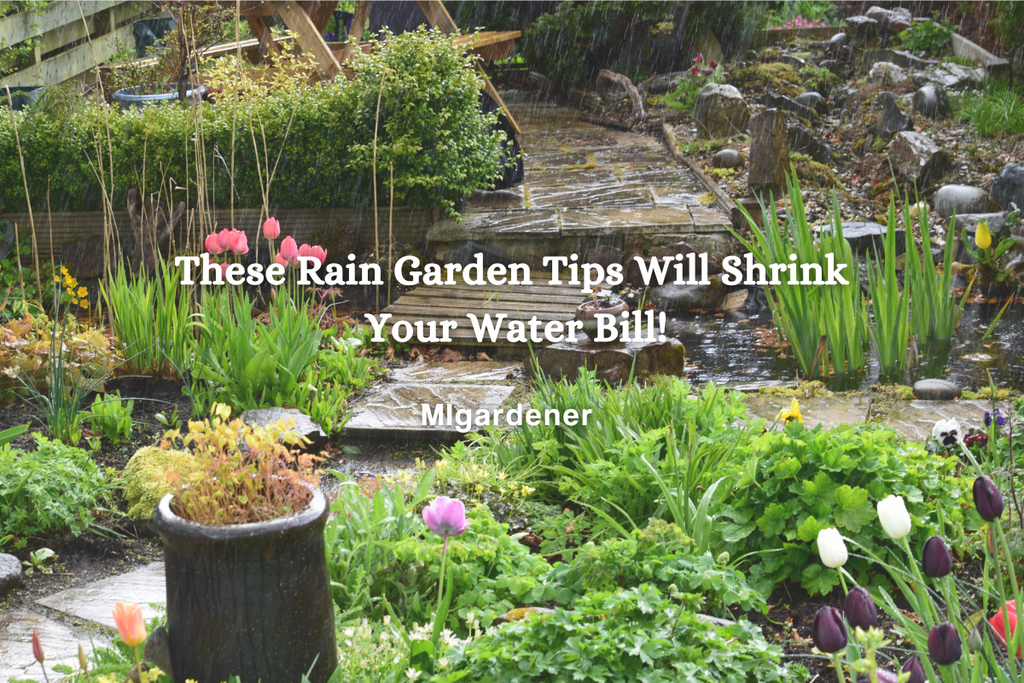
These Rain Garden Tips Will Shrink Your Water Bill!
Looking for a way to save money on your gardening water bill? Maybe you've faced some excess rain flow in the last few weeks and are trying to avoid flooding. Rain gardens are a relatively simple and very effective way to address these issues! Most people know that rain gardens are used to improve the water quality in their local environment, but did you know they can do the same for your garden?
Let's get started!
Filtering Pollutant

Photo by the Nature Conservancy in Washington
The rain garden design allows for stormwater runoff to collect in a patch of soil teeming with plants and organisms that will break down pollutants. Phosphorus, nitrogen, heavy metals, and hydrocarbons are often found in stormwater. These pollutants can be dangerous to local wildlife, but plants have a miraculous talent for transforming them. This process also cleans water for healthy use in other areas of the garden! When you design your rain garden, drainage is one of the most important features. The goal is not to have a small pond in your space, but a collection site where water can drain properly. Sand, stones, compost, and topsoil are the ideal mix.
Tip: Don't center your rain garden above sewage or utility lines. Use this resource to check where you should dig in your yard.
Rain Garden Varieties

Purple Cone Flowers!
the main portion of your rain garden, it's important to find native plants, especially perennials. To find native plants in your area, use the native plant finder tool here! Some of the most popular varieties for rain gardens in the midwest are black-eyed susans, ferns, coneflowers, and many more. Native plants will root much deeper than non-native plants. Their extended root systems will help with the drainage and water uptake capacities in your space.
A Rain Garden For Your Vegetable Garden

For organic gardens, stormwater isn't an ideal thing to add straight to your vegetable garden. However, there is a way to utilize a rain garden design to serve your vegetable garden as much as possible to save money on watering! In the process of digging the filter trenches for your rain garden, extend the drainage until it reaches your vegetable plants. As the water moves through perennial plants, and the soil surrounding them, it will eventually saturate your vegetable pad! Planting flowers and perennials on the outer layer of your rain garden is a great way to go. They will act as the first line of defense against pollutants and leave cleaner water to develop the harvest!
_________________________________________________________________________
– Kaitlynn from MIgardener
Did you enjoy this post? MIgardener is passionate about sharing free gardening tips and information! If you are looking for inspiration in the garden, make sure to check out our Pinterest page. Check us out at MIgardener.com or on youtube, Instagram, and Facebook.
Sources:

Leave a comment